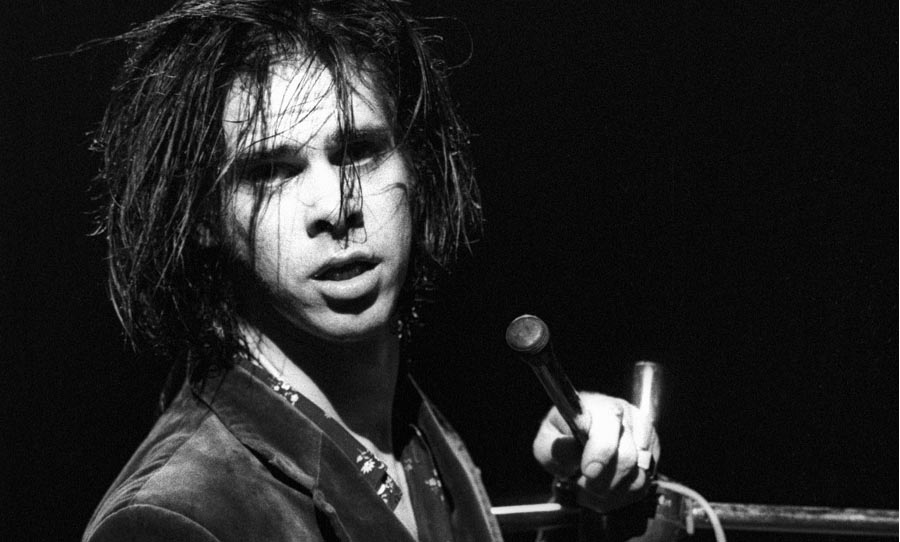

The installation features notes, original pages from the manuscript and a map of the town Ukulore, hand drawn on a chalk board by Cave in 2020. “This is a part of the exhibition that is dedicated to Nick Cave’s first novel And the Ass Saw the Angel, which was published in 1985. Photo: Anders Sune Berg / Royal Danish Library. Maybe for inspiration, maybe as an expression of Cave over-identifying himself with Euchrid, the main character of his first novel And the Ass Saw the Angel (1985), who was also a large collector.”Įxhibition space dedicated to Nick Cave’s first novel And the Ass Saw the Angel (1985). Nick Cave filled the space with all kind of miscellaneous items from Berlin flea markets: Religious iconography, three locks of hair, possibly from sisters, found inside an old box of chocolates pages from the Bible a picture of Elvis and one depicting faith, hope and charity. This room was a former maid’s chamber and the celling was so low that you had to crawl into the room. The installation is created in collaboration with Nick Cave and is based on a photograph by Bleddyn Butcher called ‘Euchrid’s Crib.’ From 1982 to 1989 Nick Cave lived in a series of small rooms around Berlin. “This space is a recreation of Nick Cave’s room in Yorkstraße in West Berlin in 1985.

We spoke with co-curator and designer, Christina Back, on the sentimentality of the shows works and their significance to the formation of Nick Cave.Įuchrid’s Crib: Recreation of Nick Cave’s room in Yorkstraße, West Berlin, 1985. Another corner focuses on Cave the novelist, his desk sets the scene of where he wrote his second novel, The Death of Bunny Munro, displaying the manuscript and photographs of the author writing the piece in Tuscany. One installation is a recreation of Cave’s old bedroom in West Berlin, where he lived in a crawl space covered with artifacts ranging from personal notebooks, religious iconography he collected from local fleas, and locks of hair.

Other corners of the exhibition show old bedrooms and office spaces. In one room, projections of a circus tent are pitched to set the stage of the 1989 music video for “Nick the Stripper,” where curator Christina Back explains the video set was a party to recreate their version of hell. The show takes us through a journey of Cave’s mind with personal relics and recreations of his past. Produced by Gucci and co-curated by Cave himself, the show gives us a unique autobiographical glance into the oeuvre and creative process of a true artist.

Do you ever wonder how Nick Cave became Nick Cave? The Bad Seed’s frontman, inimitable performer, writer, and musician collaborated with The Black Diamond on the Royal Academy of Arts in Copenhagen to create the new exhibition Stranger Than Kindness.


 0 kommentar(er)
0 kommentar(er)
